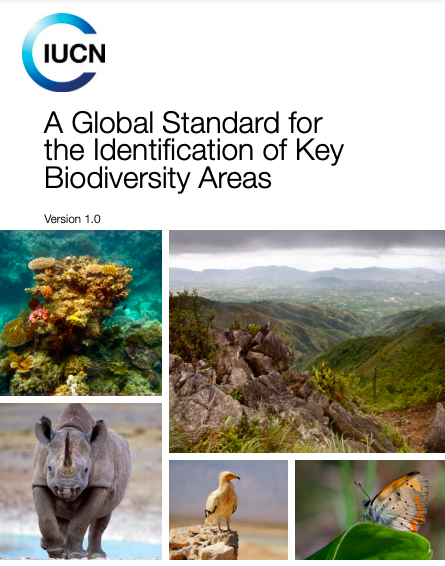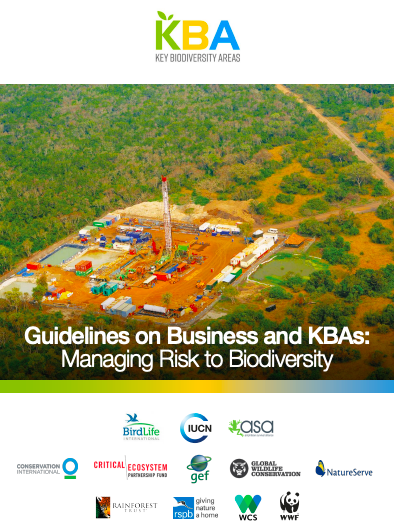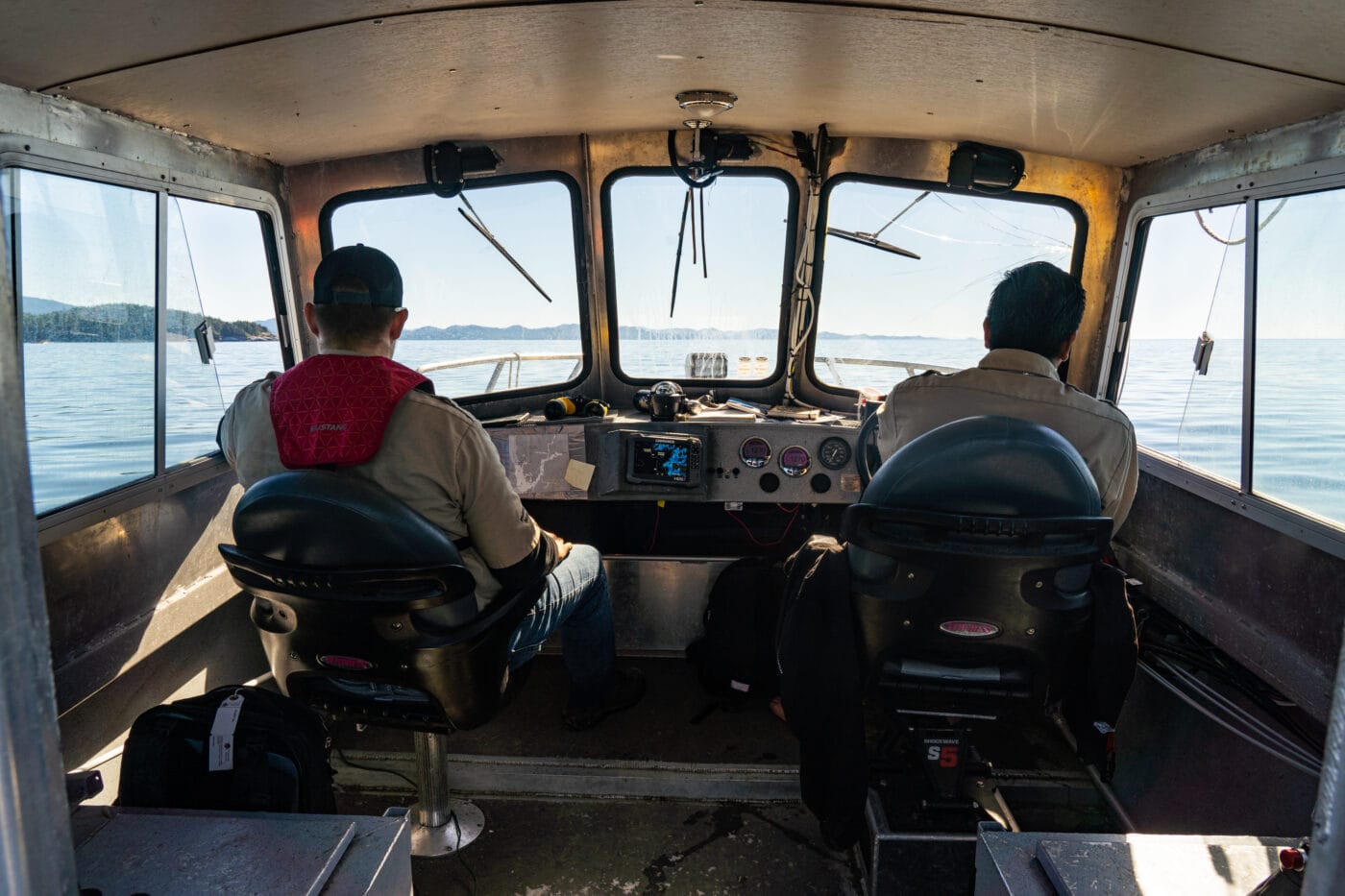Protected Spaces
Description
Including limiting human occupation and resource exploitation; preserving key biological diversity and distinctive features.
Share this Subissue on:LinkedIn
Resources
A Global Standard for the Identification of Key Biodiversity Areas
This guidebook from IUCN sets out globally agreed criteria for the identification of Key Biodiversity Areas (KBAs) worldwide. The standard establishes a science-based, threshold-informed process for KBA identification, and will help you to grow your understanding of why particular sites are especially important for preserving vital biodiversity, as well as how to identify vulnerable and at-risk ecosystems.
Guidelines on Business and KBAs: Managing Risk to Biodiversity
This report builds on IUCN's global standard for the identification of Key Biodiversity Areas (KBAs) and provides recommendations that will help your business to manage its direct, indirect, and cumulative impacts on KBAs. The guide explains how KBAs are identified and provides an overview of how the guidelines can be applied in different contexts. This report will be particularly useful for business professionals whose work is related to designing, implementing, and reviewing risk and impact mitigation standards.
The Protected Areas Benefits Assessment Tool
This practical tool from WWF can help you understand how to collect information on the benefits protected areas. It provides an introduction to protected areas, and explains how why and how to use the PA-BAT assessment tool. The tool is designed to be used with stakeholders to identify the values that should be prioritised in protecting natural spaces and the range of benefits that this protection provides. It can also be used to guide future monitoring and assessment. This tool will be most useful to protected area managers, sustainability practitioners focusing on biodiversity, and community relations managers.
Protected Planet: Discover the world's protected and conserved areas
This tool from Protected Planet can help you look up protected and conserved areas around the globe. It compiles data from the World Database on Protected Areas (WDPA), the World Database on Other Effective Area-based Conservation Measures (OECMs), the Global Database on Protected Area Management Effectiveness (GD-PAME), and other sources. The tool allows you to explore these protected areas through an interactive global map of eight thematic areas. This information will be most useful to business planning and risk teams; for instance, it is used in the extractive and finance sectors to help identify project-related biodiversity risks and opportunities.
Risk Management in Protected Areas
This report can help you to better understand the role investors need to play to help halt and reverse biodiversity loss through their investment policies, capital allocation, and portfolio stewardship processes. Developed by ShareAction and the UN Environment Programme World Conservation Monitoring Centre (UNEP-WCMC), the report explains the biodiversity crisis and how protected areas are a key conservation tool; introduces different types of protected areas; and explains why investors should care about protected areas. It also identifies practical steps that investors should take to mitigate risks of investing in and around protected areas.
The frontline of conservation: how Indigenous guardians are reinforcing sovereignty and science on their lands
Indigenous land defenders often patrol large tracts of land and coast that don't otherwise receive sufficient monitoring from governments. This fascinating article from the Narwhal highlights how Indigenous guardians are leading efforts to catch poachers, document species, and save lives along the coast of British Columbia - all while filling major gaps in knowledge and conservation. This resource can help you to understand the immense (and unique) value that Indigenous communities provide towards protecting natural spaces, and the importance of supporting these efforts as well as Indigenous sovereignty and self-determination.
This Canadian river is now legally a person. It’s not the only one.
This article from National Geographic can help you understand the novel and increasingly important concept of legal rights for nature. It begins with an example of a Canadian river that has been granted legal personhood, which means it has been appointed a guardian who will advocate on the river’s behalf and protect it from human impacts. The article explains how legal rights for nature bridges Western and Indigenous legal systems and reconceptualises the relationship between people and rivers or forests. It also explains how non-extractive industry such as tourism can support reconciliation and become an alternative income source for local communities in protected areas. These insights may be most useful to sustainability and community relations teams interested in learning how legal rights for nature may affect their operations and value chain activities.






